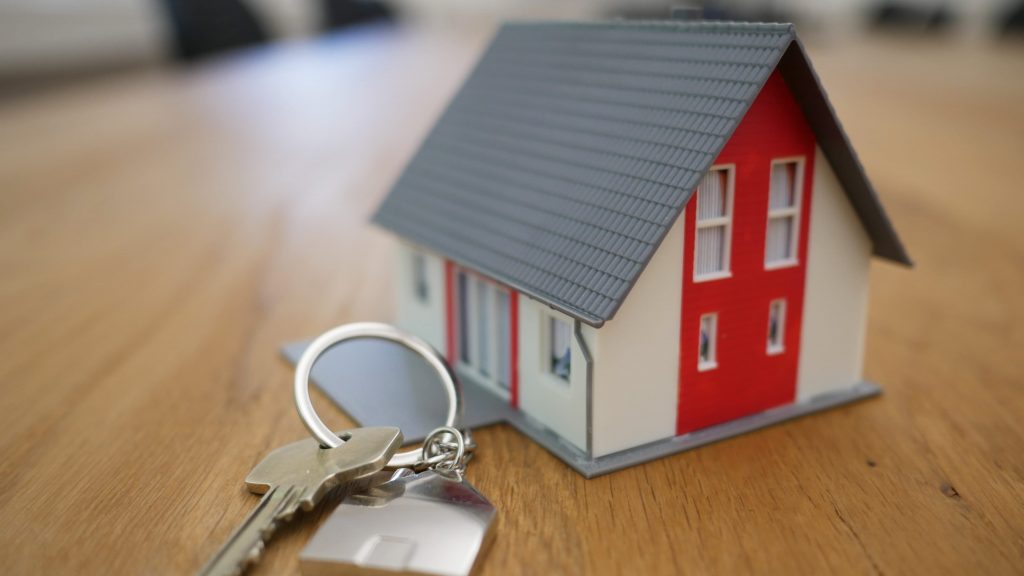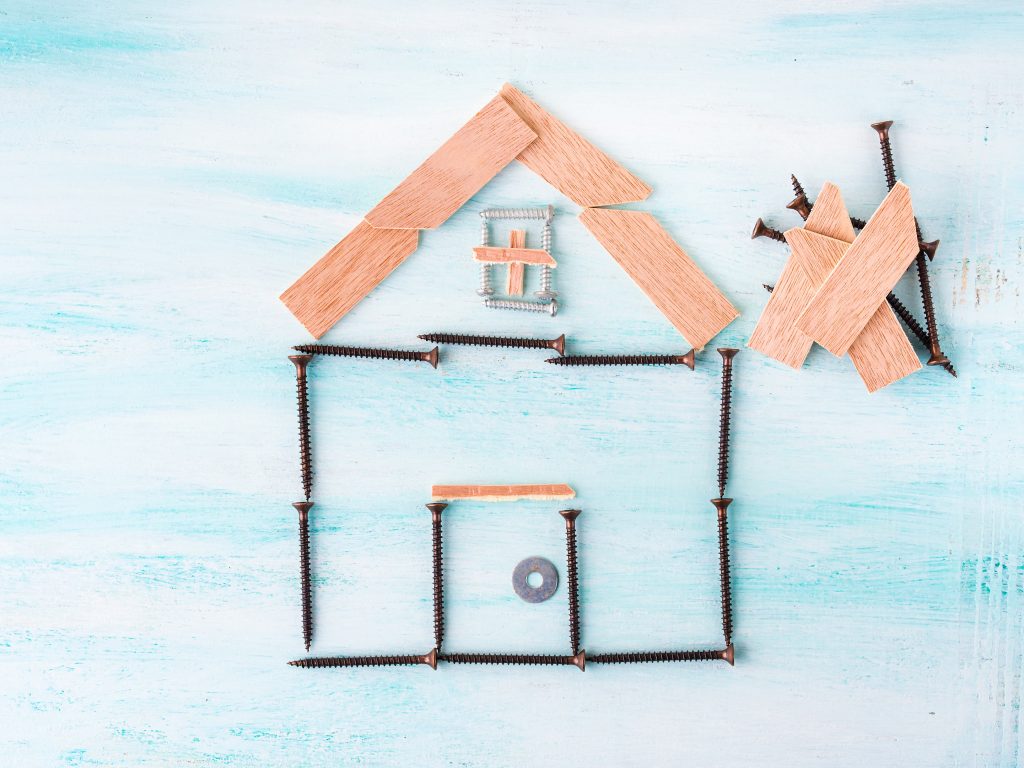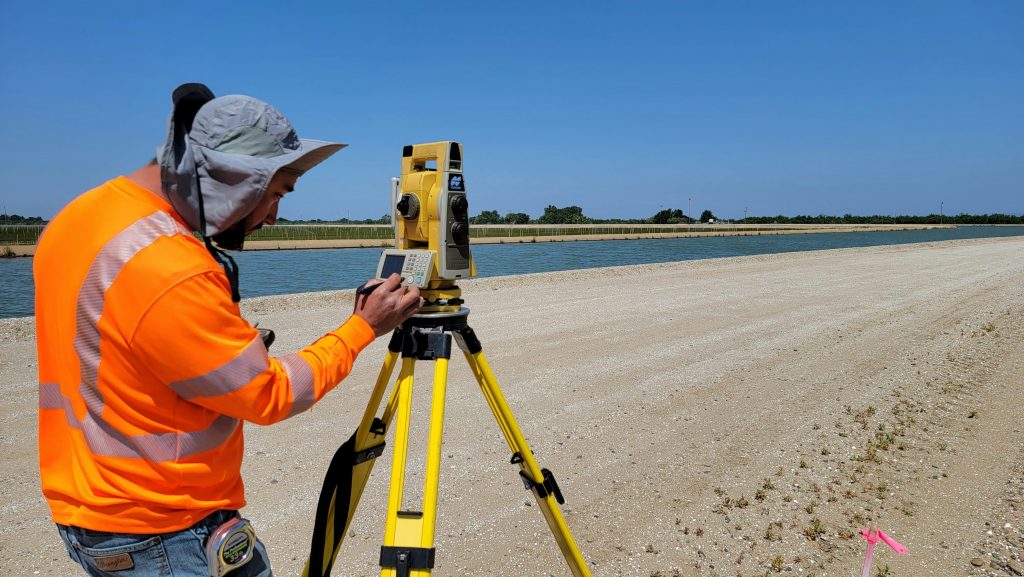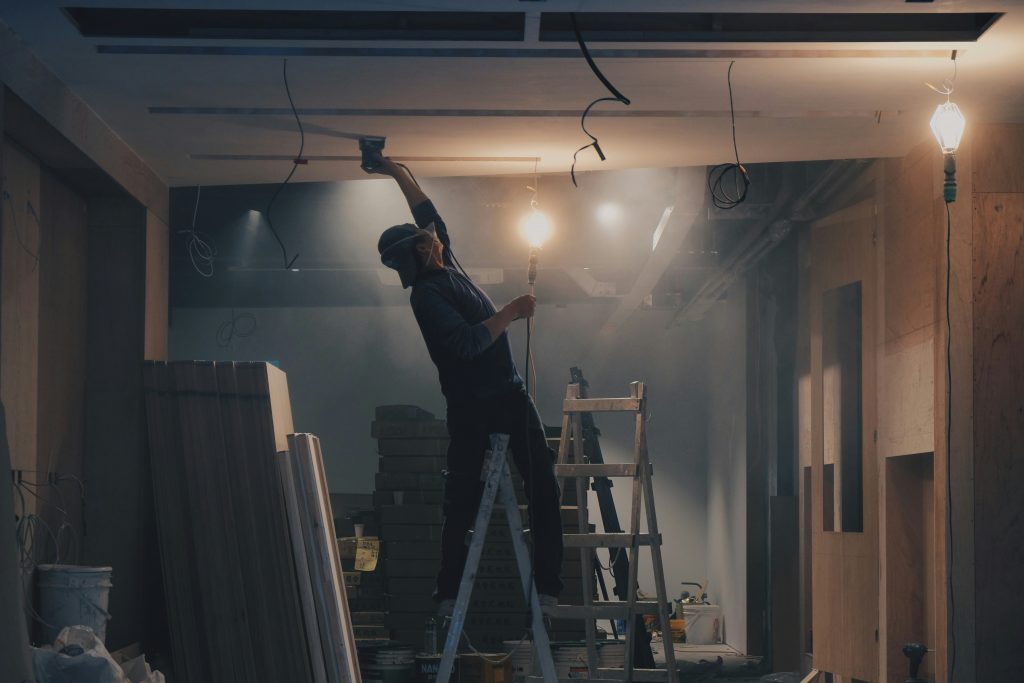Do You Know the Cost of Building a House in Ontario?

Table of Content
Home Sweet Home
As homebuyers start looking for their dream homes, they may find it difficult to accept a house in its entirety. Not everything they see is in accordance with what they are looking for, and the dream home remains just that, a dream.

Build or Buy?
Countless details go into building a house, and every homebuyer has a personal list of needs and wants – They need specific amenities while they would like additional features. It is practically impossible for a resale residence to meet all these requirements.
And so, many real estate investors prefer the route of building a new house.
Of course, it is easier said than done (remember the countless details?), but it is probably the only way to ensure that your dream house is built the way you want it, down to the last brick and faucet. A custom made home can include many benefits, as you can design the layout of your home to reflect your needs and tastes while designing space for entertaining, hobbies, work, and more.
First Things First
Building your own house is a big decision, and there are numerous factors that impact the cost, functionality and appearance of your home. The location has a strong influence on the cost of building a custom-built home, and rural areas may be preferable for this reason alone.
Today, we will walk you through some factors driving home construction costs. We shall also discuss the cost of building a house in Ontario.
Land
The home building process starts with vacant land – you need space to build a house. The land’s exact location and readiness for building a house will determine the land cost.
Property in rural areas usually costs less than in suburbs or cities. Metropolitan areas are in high demand and have stricter regulations, which can result in higher costs. According to WOWA, Land in the GTA can range from $50 to $200 per square foot, and about $50 per square foot in Calgary or Edmonton.
If you need to take a loan to finance the purchase, be warned that land loan lenders will require a down payment of between 30% and 50%.
Types of Land in Ontario
Buying land in Canada can be complicated, and it is recommended that you contact a real estate agent to guide you through the process.
There are three types of land that you can purchase in Ontario:
1. Raw land – Undeveloped land with no utilities such as power, water, or structures.
2. Vacant land – Also called Zoned Land, this partially developed land may have power, water, septic, road services, and existing improvements or developments on the ground.
3. Crown land – Public land owned by the provincial government. 87% of Ontario is Crown land, which includes nearly all of northern Ontario. Though there are restrictions and conditions on Crown land, it can be bought or rented.
The first two options are privately owned, while the government owns Crown land.

Not surprisingly, Raw land is the cheapest to buy, but you will need to connect municipal services and utilities. You may need to develop them yourself if they are not available, adding to development costs. Generally speaking, loans for Raw land are more difficult to obtain and will demand a higher down payment and interest rate.
Buying Vacant land can be more expensive than raw land, but it is easier to get land loans.
Readiness of the Land for Construction
Before the actual construction begins, getting the land ready is a key factor. It is easier if there is an existing home on the property, as it can provide a rough idea of the work that needs to be done. If there has never been any building on the plot, the overall cost to build a new house goes up significantly.
For example, you may need to clear out shrubs and trees in a heavily wooded lot. Construction machinery to adequately prepare the ground is an additional expense. Before building a house, you may need to factor in additional costs for Soil tests, Land Survey costs, and Municipal services.
Restrictive Covenants
Furthermore, some land lots might have restrictive covenants. These conditions and restrictions may prevent the construction of any buildings or prohibit specific uses of the land. Though they expire after 40 years, Restrictive covenants are attached to the title, which means they are passed along to the buyer when the land is sold.
Feasibility of Building a House
Once you decide on a property, you should consider hiring a land surveyor and a property development consultant. They can help you determine the feasibility of building a house on the property and give a rough idea of the total cost.
It is a good practice to ensure that the cost of procuring a suitable land lot should not exceed 30% of the building costs.
Second – Permits and Inspections
A building permit is necessary when you wish to construct, renovate, demolish, or change the use of a building. You will need a building permit from your local municipality or the body responsible for enforcing Ontario’s Building Code in your area.
In addition, you will need to comply with residential zoning laws, safety ratings, or other regulations. Depending on your house’s location, you may be asked to use specific building materials. You will also pay for permits, home inspections, and additional fees to ensure full compliance throughout the building process of your new house.
In major Canadian cities, the total cost for building permits can vary depending on the time taken for examinations and inspections during construction.
Third – Hiring Architects and Builders
Once you have your property, you must firm the architectural plans and designs. It is a good idea to make a shortlist of professionals- so check their portfolios of similar projects and get a quote to help you decide. Ensure they have reliable references and requisite licenses for the job.
All buildings in Ontario must conform to the Ontario Building Code which outlines the technical and administrative standards for the construction, renovation, demolition or change of use of any building.
Custom Design
The design, square footage, and layout of your dream home will alter the final cost significantly. The cost of building a two-story home is more than a single-floor house and custom homes featuring complex floor plans or unique features will involve potentially higher labour and material costs.
Straightforward floor plans are easier to develop and require less planning, effort, and execution time.
Inspired Designs
You can also choose to be inspired by existing designs and save money on house design costs. Architectural drawings of similar homes can provide an accurate idea of building costs per square foot.
Verification of Plans and Blueprints
In all cases, get the plans and blueprints verified by qualified professionals to ensure that your custom home’s design and structural elements are sound.
Builders and Contractors
Once the plans and approvals are ready, you must choose a builder to start construction for your custom home. They will need to know everything about the house and the land to give you an accurate estimate and a realistic timeline.

The builder should know the total square footage, the type of house (a semi or detached home), and any aesthetic elements that can influence the overall cost. Though some architectural features can increase the improvement value of your home, it may be a good idea to add them later.
Construction Cost Calculators
You can use home construction cost calculators for a ballpark figure. However, you should get a quote from a reliable builder for an accurate estimate of construction costs. Multiple quotes are even better as they allow you to compare prices.
Material and Labour Costs
When choosing a builder or contractor, ensure they are upfront about material and labour costs. The cheapest builder may not always be the best choice.
Additionally, you may need to hire specialized contractors for Electrical wiring, Plumping pipes, Building material composites, Painting supplies, HVAC systems, etc. It is a common practice to factor in an extra 10% to 15% of material waste into job quotes, which further drives up the material costs.
When you build a house, the overall cost must consider finishing elements such as hardwood flooring, marble tile, and carpet, which can cost more than a few dollars per square foot. Marble top counters, drawers, and kitchen appliances can put your dreams of a house in Ontario out of your reach if you are not sensible about your budget.
If you have the experience, you can act as your own contractor and save some costs.
Loans and Mortgages
Though some homebuyers can afford land and construction costs, most will need to borrow money or help from a mortgage broker. And you have to remember that construction mortgage rates are generally higher than conventional mortgages.
Construction Mortgages
A home construction loan (also known as a progress draw mortgage) is a short-term loan (usually up to one year) to cover the cost of building a home. When you decide to build a house in Ontario or elsewhere in Canada, you don’t just think about the cost of building; you also have the added costs of buying the land. Unlike a traditional mortgage, the disbursements in construction loans are paid out at stages of the construction process. This allows you to use some funds to purchase the land to build your home.
Self Build Mortgages
If you have the necessary experience and do not employ a contractor, you can opt for a self-build mortgage. The self-build construction loan provides financing if you plan to build your dream home yourself.
Other Types of Mortgages
In Canada, a home equity line of credit or a home equity loan can be the best option if you are not a first-time homebuyer. If you already own a property that can be used to secure your new mortgage, you will have a far easier time managing your finances.
Another option is a completion mortgage, which means that the funds are available when you take possession of your new home after the completion of construction.
So, How Much Would it Cost to Build a House in Ontario?
We have tried to go over all the costs you can expect when building a house. The key factors driving a home’s average price are construction quality, design, and construction, materials, labour costs, permits, electrical installation, interior options and upgrades, appliances, etc.
Depending on where you want to build it, a house in Ontario can be quite an expensive undertaking, though you can minimize costs by planning well.
Production Builder
A standard design production home can be a cheaper option than custom-built homes. Though you are restricted in your design choices, you can still get more additional features and customization than a resale property. The cost to build an average-sized home with a production builder would be between $273,700 to $511,700 (in Toronto).
Home Sweet Home, Really?
Real estate markets vary from one major city to another, and homeowners can choose from a vast collection of properties across Ontario’s many locations.
Educate yourself on the home building process, be aware of timelines associated with statutory compliances and the best season to start building your home. Plan and budget your resources so that you are reasonably covered for expenses, with a chunk set aside for unforeseen additional costs.

The Final Word
Ontario is a fantastic province and building your home according to your tastes can be a rewarding experience. The cost to build a house may seem very high, but remember; a house in Ontario guarantees you a profitable investment in the fastest-growing housing market in Canada.
So yes, it can definitely be your Home, Sweet Home!
